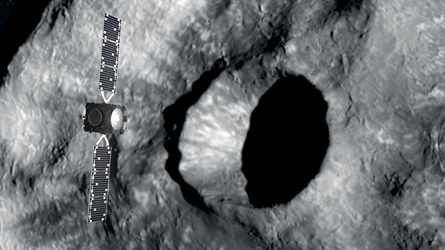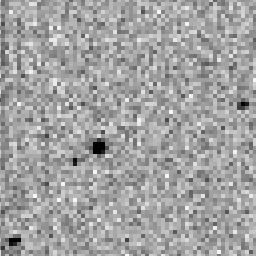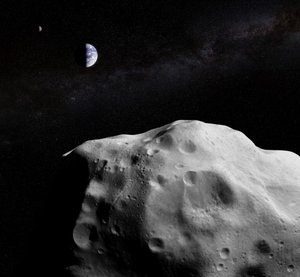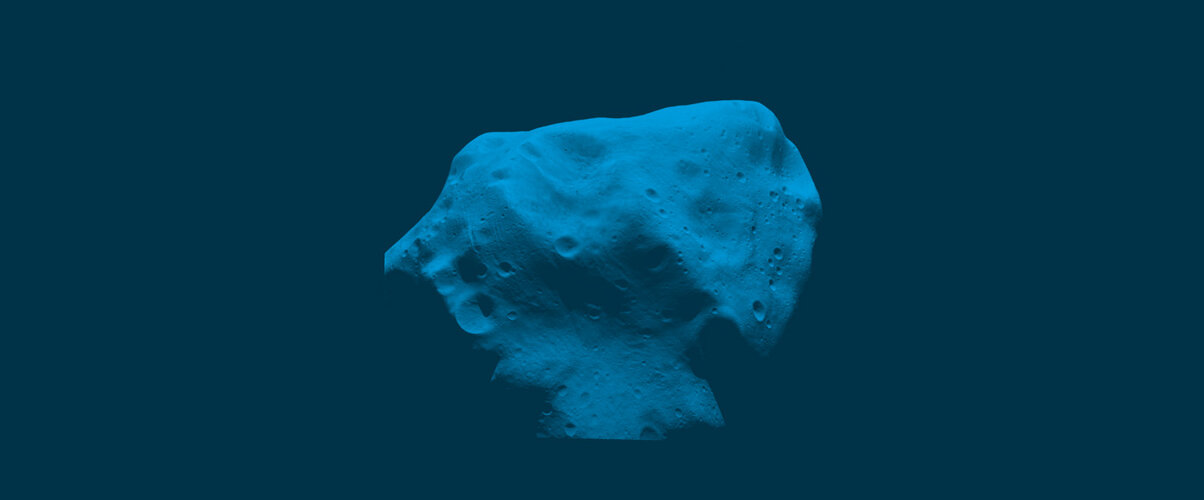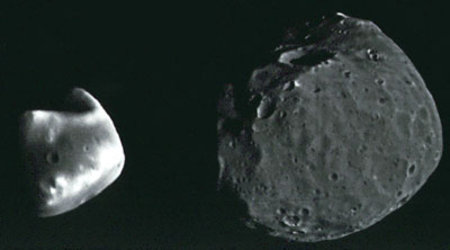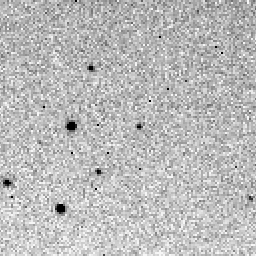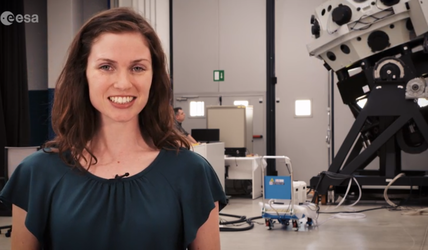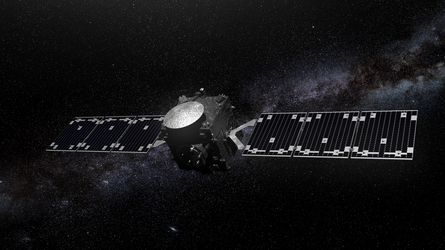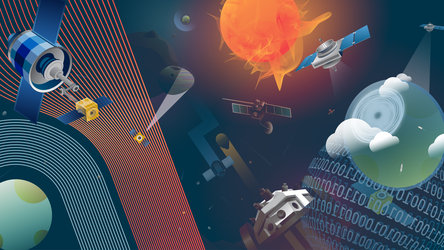A burst of asteroid activity in Europe
The next few days will see a rare convergence of asteroid-related activity in Europe, as planetary defence and other experts meet in three locations to coordinate humanity's efforts to defend ourselves from hazardous space rocks.
Such intense levels of international scientific collaboration are driven in part by the fact that an asteroid impact could cause devastating effects on Earth. But this is also a testament to the fact that we are at a point in human history where we can do something about risky asteroids.

According to recent ESA estimates, there are 878 asteroids in the ‘risk list’. This ESA catalogue brings together all asteroids we know of that have a ‘non-zero’ chance of impacting Earth in the next 100 years – meaning that an impact, however unlikely, cannot be ruled out.
An impact by even a small asteroid could cause serious destruction to inhabited areas. This is why ESA, together with international partners, is taking action to search for asteroids, develop technology that could deflect them in future and collaborate at the international level to support mitigation measures.
The flurry of upcoming meetings will cover vital topics in planetary defence, including the planned, first-ever test of asteroid deflection, coordination and communication of asteroid warnings and how to ensure the most effective emergency response on the ground. With all the work being done, the planet has never been so prepared for the unlikely but very real threat of an asteroid impact.
11-13 September, AIDA workshop, Rome

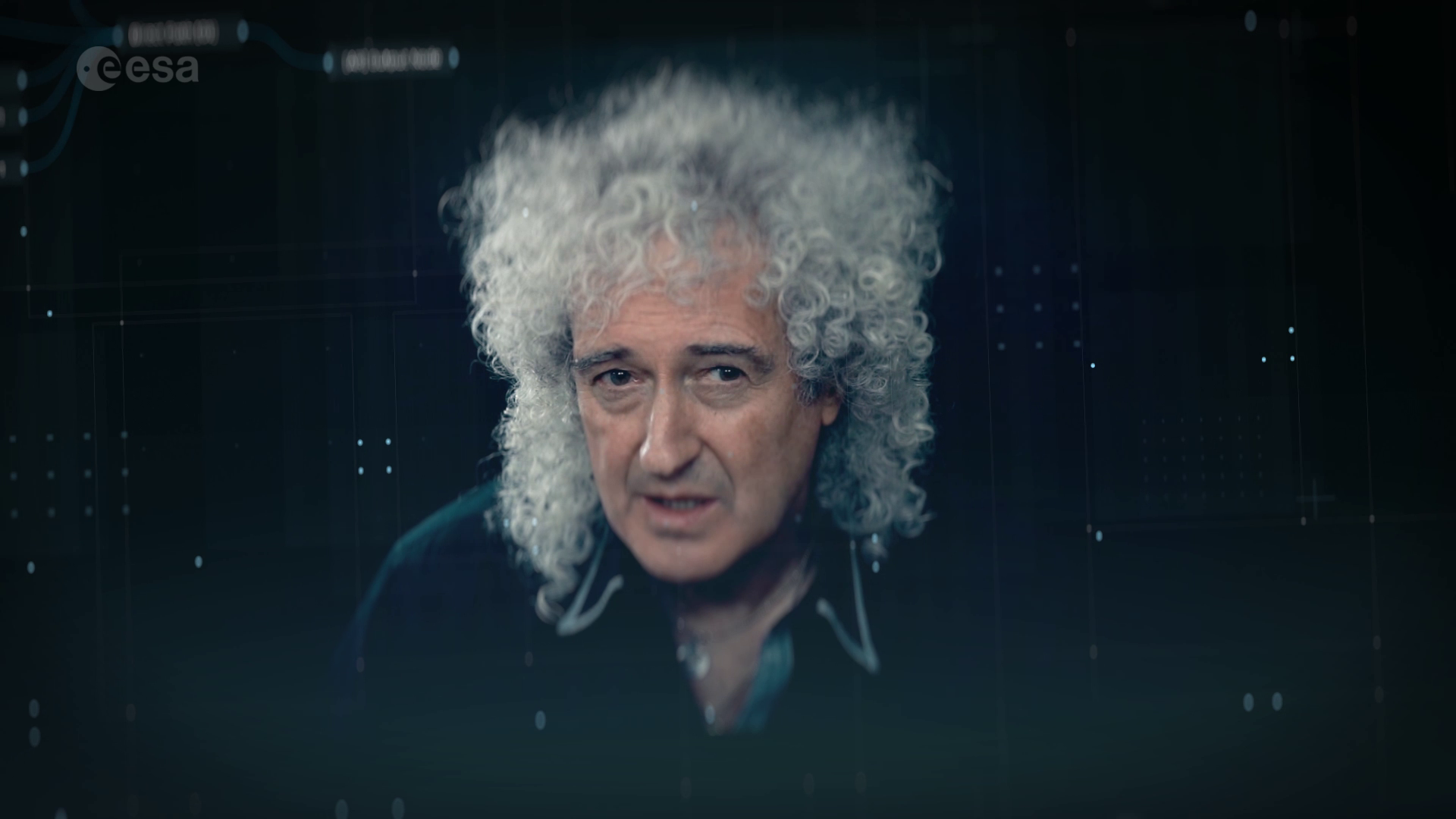
Access the video
The ESA/NASA “AIDA” collaboration (for Asteroid Impact Deflection Assessment) will see NASA’s DART spacecraft crash into and deflect the 160-m asteroid Didymos-B (also known as Didymoon, the smaller of the Didymos dual asteroid system).
Later, ESA’s Hera mission will survey the crash site and gather the maximum possible data on the effects of this collision.
The AIDA workshop brings together asteroid researchers and spacecraft engineers from the US, Europe and around the world to discuss the latest in this first-ever test of asteroid deflection, planned for 2022.
Astronomers from both sides of the Atlantic will also be reporting on the latest observation campaigns to gather additional data on the Didymos asteroid system, helping with the planning of both missions.
12-13 September, IAWN/SMPAG meetings, Munich

The International Asteroid Warning Network, currently led by NASA, and the ESA-chaired Space Mission Planning Advisory Group regularly meet to discuss all things asteroid.
Both groups have mandates from the UN to coordinate, at the international level, different aspects of any future responses to any asteroid risks.
The latest meetings will be hosted by the European Southern Observatory in Garching, Munich.
The organisations will discuss the recent ‘non-detection’ of asteroid 2006 QV89, the latest news from the Minor Planet Center and how asteroid warnings are communicated to the public and media.
16-17 September, ESA’s third emergency response workshop, ESOC

Representatives of civil protection agencies from six countries including Germany, Switzerland and the US, as well as from the United Nations Office for Outer Space Affairs, will join ESA’s Planetary Defence Office at the Agency’s operations centre in Darmstadt, Germany.
This will be the third in a series of emergency response workshops with the purpose of establishing a link between ESA and national civil protection authorities, ensuring national agencies understand the asteroid threat and how ESA can support them in their work to protect life and infrastructure on the ground.
These three meetings illustrate the breadth of activity currently taking place across the globe to mitigate the risk of an asteroid impact, to ensure early warnings of such a threat, and to prepare on Earth in the unlikely event of a strike – planetary defence is heating up!
Find out more about ESA’s Planetary Defence activities, here.
The animation above is taken from the new Hera mission trailer featuring rock star Brian May. Click here to watch it in full.



